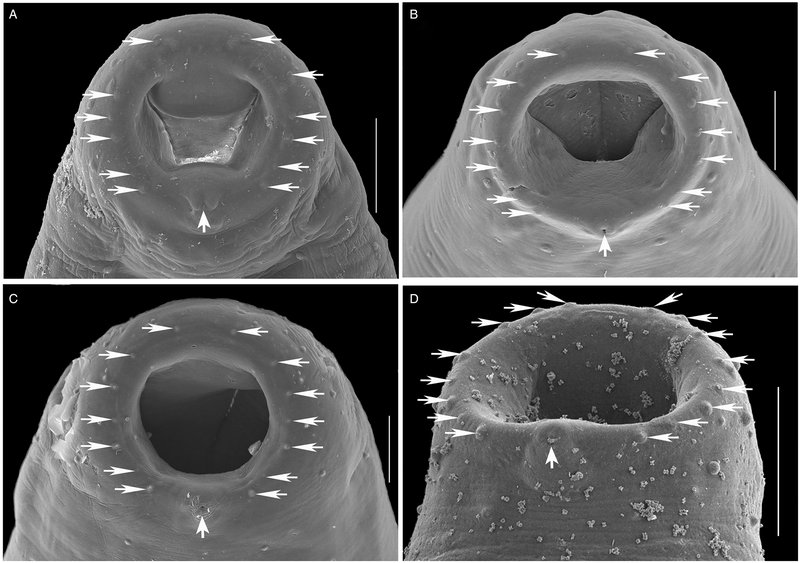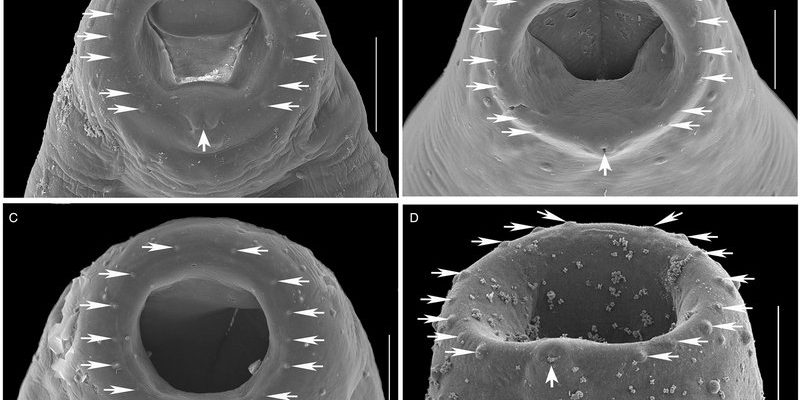
Identifying trematodes can feel like a game of hide and seek. They come in various shapes and sizes, often blending in with their surroundings. Not to mention, these little guys can be hosts to all sorts of fascinating and sometimes perplexing life cycles. Honestly, if you’re stepping into the world of trematodes for the first time, you’re bound to face a few hurdles. But don’t worry! I’ll walk you through the maze of identification challenges that await you.
Understanding Trematodes: The Basics
Before diving into identification challenges, it helps to know what trematodes are. Trematodes, or flukes, are parasitic flatworms that typically live in the bodies of various hosts, including fish, amphibians, and even mammals. What makes them unique is their complex life cycle, which often involves multiple hosts. You might be wondering, why does this matter for identification? Different stages of their life cycle can look vastly different, making it tricky for the untrained eye to spot them.
Imagine you’re looking for a treasure chest. At first, all you see is sand, but buried beneath the surface are shiny gems—each representing a different stage of a trematode’s life. The adult form usually resides in the primary host, while the larval stages often hide in the water or within other organisms. Each stage can be identified by specific physical characteristics, but when you’re out in the wild, these details can be hard to catch.
Additionally, the environment plays a big role in where you might find trematodes. Freshwater bodies, brackish waters, and even saltwater environments can host different species. This variation adds another layer of complexity to identification; you might need a different approach depending on where you are.
Identification Techniques: Tools of the Trade
If you’re serious about spotting trematodes, having the right tools can make a world of difference. Think of yourself as a detective, equipped with the necessary gadgets to solve a mystery. Here are a few tools you might consider:
- Microscope: A good quality microscope lets you see the tiny details that are crucial for identification. Trematodes can be incredibly small, so the right magnification is key.
- Field Guide: Carrying a field guide or manual that focuses on the specific region you’re exploring can help you identify different trematode species.
- Collection Equipment: Nets, jars, or vials can be used to collect samples for closer examination later.
Using these tools can make the difference between just having a nice day out and actually spotting and identifying trematodes. But remember, a combination of keen observation and knowledge is what truly leads to successful identification.
Environmental Factors Affecting Identification
Let’s talk about the environment. The location, weather, and time of year can all impact your ability to spot trematodes. For instance, if you’re looking in a muddy, shallow pond during a hot summer day, visibility can be limited. Trematodes may be hiding among the detritus, waiting for the right moment to become active.
Consider also that the life cycles of many trematodes depend on specific hosts. If those hosts aren’t around, you might find it nearly impossible to locate the trematodes themselves. For example, certain flukes rely on snails as intermediate hosts. If you’re not in a region where those snails thrive, your chances of encountering the trematodes diminishes significantly.
Timing is also essential—some trematodes may be more active during certain seasons. Researching the specific trematode species in your area can make a big difference in your exploration. The better you understand their habitat preferences, the more likely you are to identify them successfully.
Life Cycle Complexity: Stages and Hosts
One of the biggest challenges in identifying trematodes lies within their complex life cycles. These flatworms go through several stages, and each one looks different. An adult trematode, for example, has a completely different appearance from its larval forms.
In many cases, the larval stages, known as miracidia and cercariae, swim freely in water or may encyst in host organisms. This means you might need to keep an eye on the various stages to have a complete picture. It’s not just about spotting a trematode—it’s about understanding where they are in their life cycle and ensuring you’re looking in the right places.
Here’s how the life cycle typically unfolds:
1. Eggs: Laid in water by an adult trematode.
2. Miracidia: Hatch from eggs and infect snails.
3. Cercariae: Emerge from the snail and seek new hosts, like fish or amphibians.
4. Metacercariae: Encyst in the new host until they mature into adults.
This cycle means that if you’re only looking for adult trematodes, you might miss crucial identification opportunities. Being aware of all stages can greatly enhance your success rate.
Common Misidentifications and Confounding Species
Even seasoned explorers can confuse one type of trematode with another. Certain species may share similar characteristics, making identification challenging. For example, some trematodes look a lot like other flatworms, so it’s crucial to look closely at unique traits, like body shape and coloration.
Additionally, potential confounding species, like other parasitic worms or insects, can easily slip into your observations. Imagine mistaking a trematode for a leech due to similar shapes! Making mistakes is part of the learning process, but it can be frustrating when you’re aiming for accuracy.
To avoid misidentification, take the time to study reference materials and photographs of various trematode species. When you’re uncertain, it’s perfectly acceptable to reach out to local experts or online communities dedicated to helminthology. They can provide insights you might not have considered.
Recording Your Findings: Importance of Documentation
As you make observations in the field, keep a journal to document your findings. This doesn’t just help you remember what you’ve seen; it can also contribute to scientific knowledge about trematodes in your area.
Take note of the location, environmental conditions, and host species you observed. Photographs can be valuable too; they serve as visual aids to help you remember what you encountered. This combination of notes and pictures can be a fantastic resource for future identification efforts.
Additionally, sharing your findings with local universities or research institutions can help others in the scientific community. After all, encountering and documenting trematodes can contribute to broader ecological studies, and who knows—you might just stumble upon something new!
Navigating the field identification of trematodes can be tricky, but it’s also rewarding. Each challenge presents an opportunity to learn and grow in your understanding of these fascinating creatures. Remember, many people who venture into the field have faced similar struggles, so you’re not alone in this quest.
Approach your observations with curiosity and patience. Equip yourself with the right tools, stay aware of environmental factors, and embrace the complexity of trematode life cycles. With practice, you’ll become more adept at spotting these elusive creatures. Don’t hesitate to document your journey—every finding is a step towards a deeper understanding of the ecosystem around you.
So, grab your gear, head out, and keep an eye on the water! Happy spotting!

